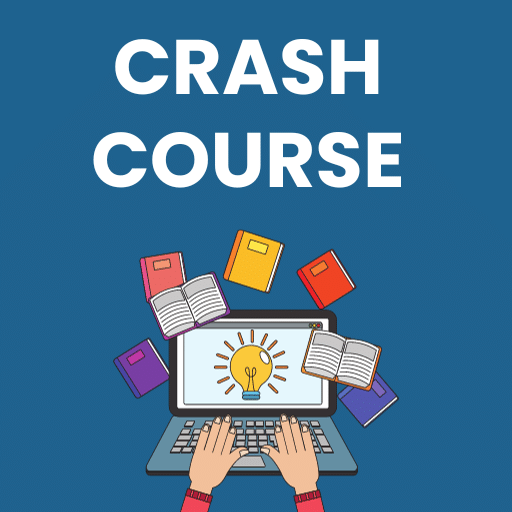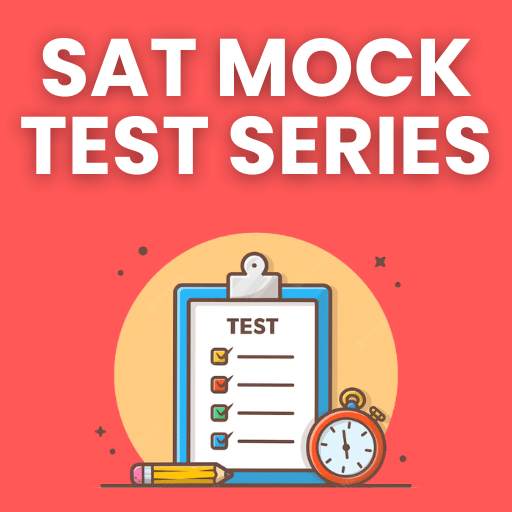Best Study Material for CAT Exam
CAT Exam > CAT Notes > Verbal Ability (VA) & Reading Comprehension (RC) > Paragraph Formation: Rules & Examples
Paragraph Formation: Rules & Examples | Verbal Ability (VA) & Reading Comprehension (RC) - CAT PDF Download
Importance of Paragraph Formation
- Knowing how to write a paragraph involves understanding its flow. A paragraph usually starts by introducing the main idea and ends by summarizing or concluding it. When dealing with paragraph jumble questions, you need to recognize the beginning, end, and main message of a paragraph. Look for the sentence that introduces the main concept at the start and the one that sums it up at the end.
- In paragraph jumble questions, figure out the order of sentences to make a logical and coherent paragraph. Practice identifying the natural progression of ideas. This not only helps in writing well-organized paragraphs but also makes it easier to understand the meaning of a paragraph in exercises where sentences are jumbled. So, pay attention to how ideas flow from one sentence to the next for better paragraph understanding and construction.

Introduction
- A paragraph is a collection of related sentences dealing with a single topic. Learning to write good paragraphs will help you as a writer to stay on track during your drafting and revision stages.
- Good paragraphing also greatly assists your readers in following a piece of writing. You can have fantastic ideas, but if those ideas aren't presented in an organized fashion, you will lose your readers (and fail to achieve your writing).
The Basic Rule: Keep One Idea in One Paragraph
- The basic rule of thumb with paragraphing is to keep one idea to one paragraph. If you begin to transition into a new idea, it belongs in a new paragraph. There are some simple ways to tell if you are on the same topic or a new one.
- You can have one idea and several bits of supporting evidence within a single paragraph. You can also have several points in a single paragraph as long as they relate to the overall topic of the paragraph.
- If the single points start to get long, then perhaps elaborating on each of them and placing them in their own paragraphs is the route to go.
Elements of a paragraph
To be as effective as possible, a paragraph should contain each of the following:
1. Unity
- The entire paragraph should concern itself with a single focus. If it begins with one focus or major point of discussion, it should not end with another or wander within different ideas.
2. Coherence
Coherence is the trait that makes the paragraph easily understandable to a reader.
One can help create coherence in your paragraphs by creating:
(a) Logical bridges
- The same idea of a topic is carried over from sentence to sentence
- Successive sentences can be constructed in parallel form
(b) Verbal bridges
- Keywords can be repeated in several sentences
- Synonymous words can be repeated in several sentences
- Pronouns can refer to nouns in previous sentences
- Transition words can be used to link ideas from different sentences
 |
Download the notes
Paragraph Formation: Rules & Examples
|
Download as PDF |
Download as PDF
3. A Topic Sentence
- A topic sentence is a sentence that indicates in a general way what idea or thesis the paragraph is going to deal with.
- Although not all paragraphs have clear-cut topic sentences, and despite the fact that topic sentences can occur anywhere in the paragraph (as the first sentence, the last sentence, or somewhere in the middle), an easy way to make sure your reader understands the topic of the paragraph is to put your topic sentence near the beginning of the paragraph. (This is a good general rule for less experienced writers, although it is not the only way to do it).
- Regardless of whether you include an explicit topic sentence or not, you should be able to easily summarize what the paragraph is about.
Adequate Development
- The topic (which is introduced by the topic sentence) should be discussed fully and adequately. Again, this varies from paragraph to paragraph, depending on the author's purpose, but writers should be wary of paragraphs that only have two or three sentences. It's a pretty good bet that the paragraph is not fully developed if it is that short.
- Some methods to make sure your paragraph is well-developed:
- Use examples and illustrations
- Cite data (facts, statistics, evidence, details, and others)
- Examine testimony (what other people say such as quotes and paraphrases)
- Use an anecdote or story
- Define terms in the paragraph
- Compare and contrast
- Evaluate causes and reasons
- Examine effects and consequences
- Analyze the topic
- Describe the topic
- Offer a chronology of an event (time segments)
How to Know When to Start a New Paragraph?
- When you begin a new idea or point. New ideas should always start in new paragraphs. If you have an extended idea that spans multiple paragraphs, each new point within that idea should have its own paragraph.
- To contrast information or ideas. Separate paragraphs can serve to contrast sides in a debate, different points in an argument, or any other difference.
- When your readers need a pause. Breaks between paragraphs function as a short "break" for your readers—adding these in will help your writing be more readable. You would create a break if the paragraph becomes too long or the material is complex.
- When you are ending your introduction or starting your conclusion. Your introductory and concluding material should always be in a new paragraph. Many introductions and conclusions have multiple paragraphs depending on their content, length, and the writer's purpose.
Transitions and Signposts
Two very important elements of paragraphing are signposts and transitions.
- Signposts are internal aids to assist readers; they usually consist of several sentences or a paragraph outlining what the article has covered and where the article will be going.
- Transitions are usually one or several sentences that "transition" from one idea to the next. Transitions can be used at the end of most paragraphs to help the paragraphs flow from one to the next.
The document Paragraph Formation: Rules & Examples | Verbal Ability (VA) & Reading Comprehension (RC) - CAT is a part of the CAT Course Verbal Ability (VA) & Reading Comprehension (RC).
All you need of CAT at this link: CAT
|
115 videos|394 docs|95 tests
|
FAQs on Paragraph Formation: Rules & Examples - Verbal Ability (VA) & Reading Comprehension (RC) - CAT
| 1. What is the basic rule of paragraph formation? |  |
| 2. What are the elements of a paragraph? |  |
Ans. The elements of a paragraph include a topic sentence, supporting sentences, and a concluding sentence. The topic sentence introduces the main idea of the paragraph, while the supporting sentences provide evidence or examples to support that idea. The concluding sentence wraps up the paragraph and may summarize the main points.
| 3. How do I know when to start a new paragraph? |  |
Ans. You should start a new paragraph when you want to introduce a new main idea or topic. This can be done when transitioning to a new subtopic, changing the focus of your writing, or when there is a natural break in the flow of your thoughts. It is also important to start a new paragraph when there is a change in speaker or time in dialogue or narration.
| 4. What are transitions and signposts in paragraph formation? |  |
Ans. Transitions and signposts are words, phrases, or sentences that help guide the reader through the flow of the paragraph. They indicate a shift in ideas or provide a connection between sentences or paragraphs. Examples of transitions and signposts include "however," "in addition," "furthermore," and "on the other hand." These help to create coherence and clarity in writing.
| 5. Can you provide some examples of paragraph formation rules? |  |
Ans. Certainly! Here are some examples of paragraph formation rules:
- Each paragraph should have a clear topic sentence that introduces the main idea.
- The supporting sentences should provide evidence or examples to support the main idea.
- The paragraph should have a concluding sentence that wraps up the main points.
- Each paragraph should focus on a single main idea or topic.
- Use transitions and signposts to guide the reader through the flow of the paragraph.
- Start a new paragraph when transitioning to a new subtopic, changing the focus, or when there is a natural break in the flow of thoughts.
Related Searches


































